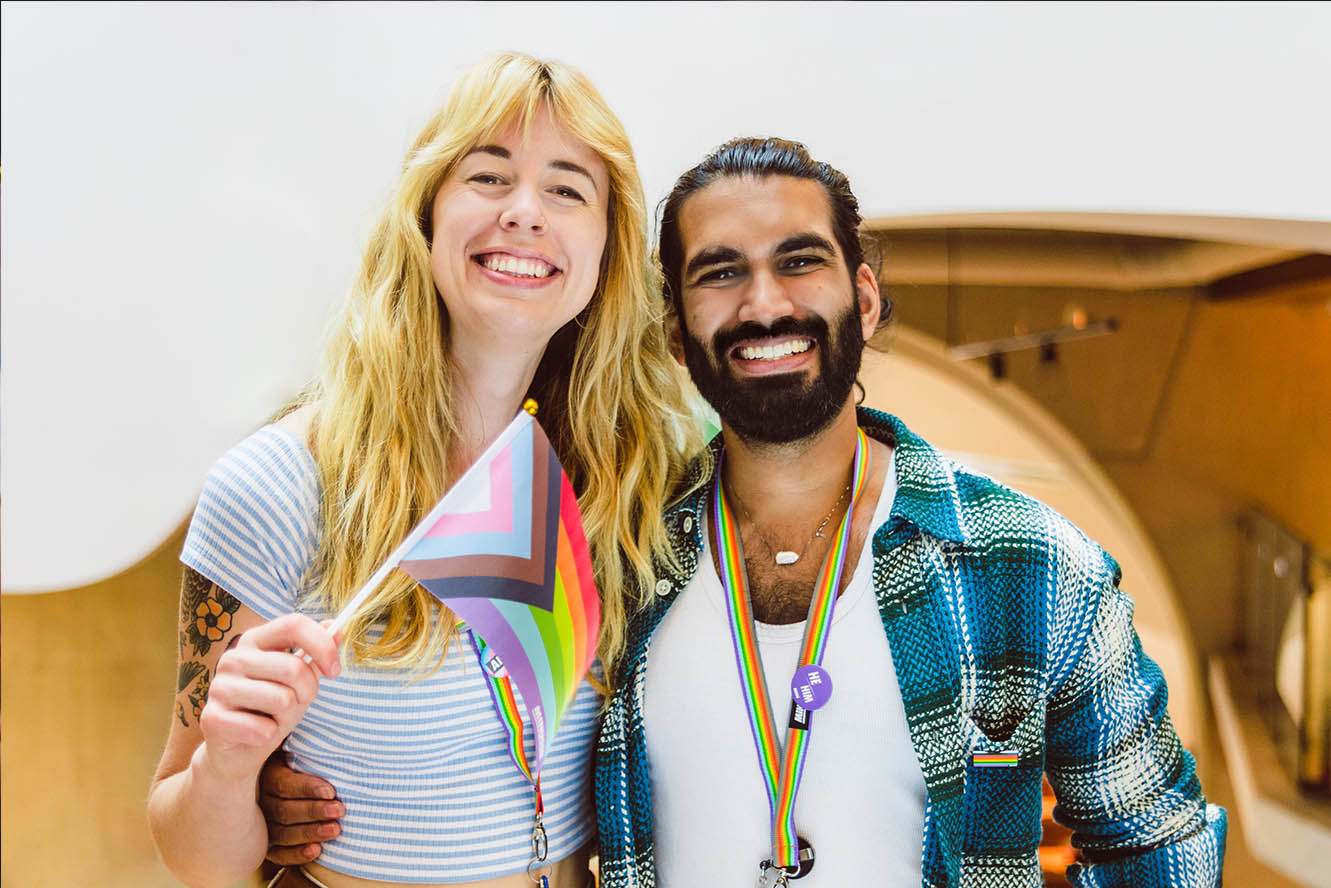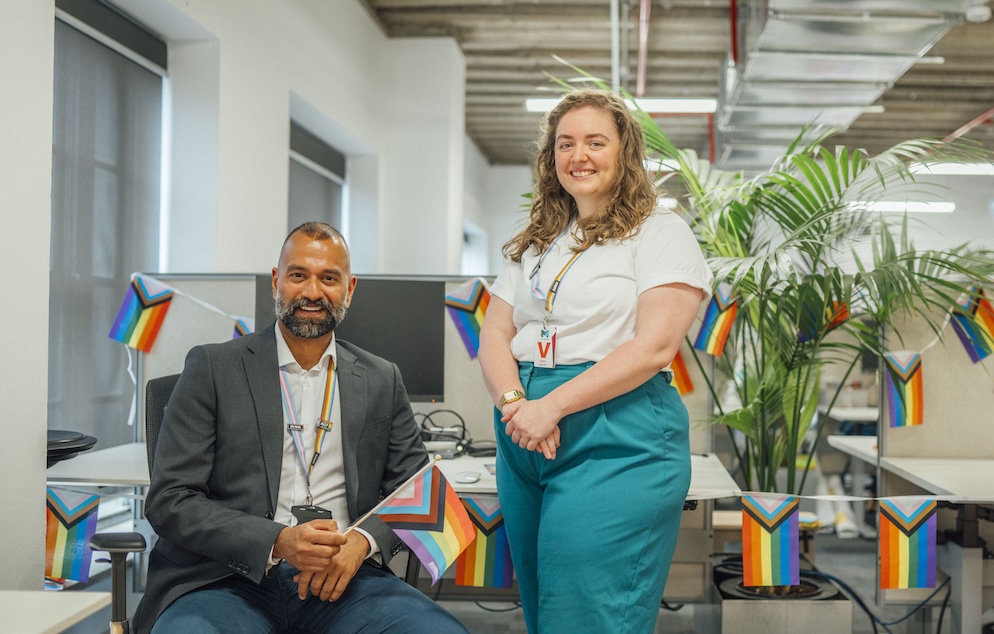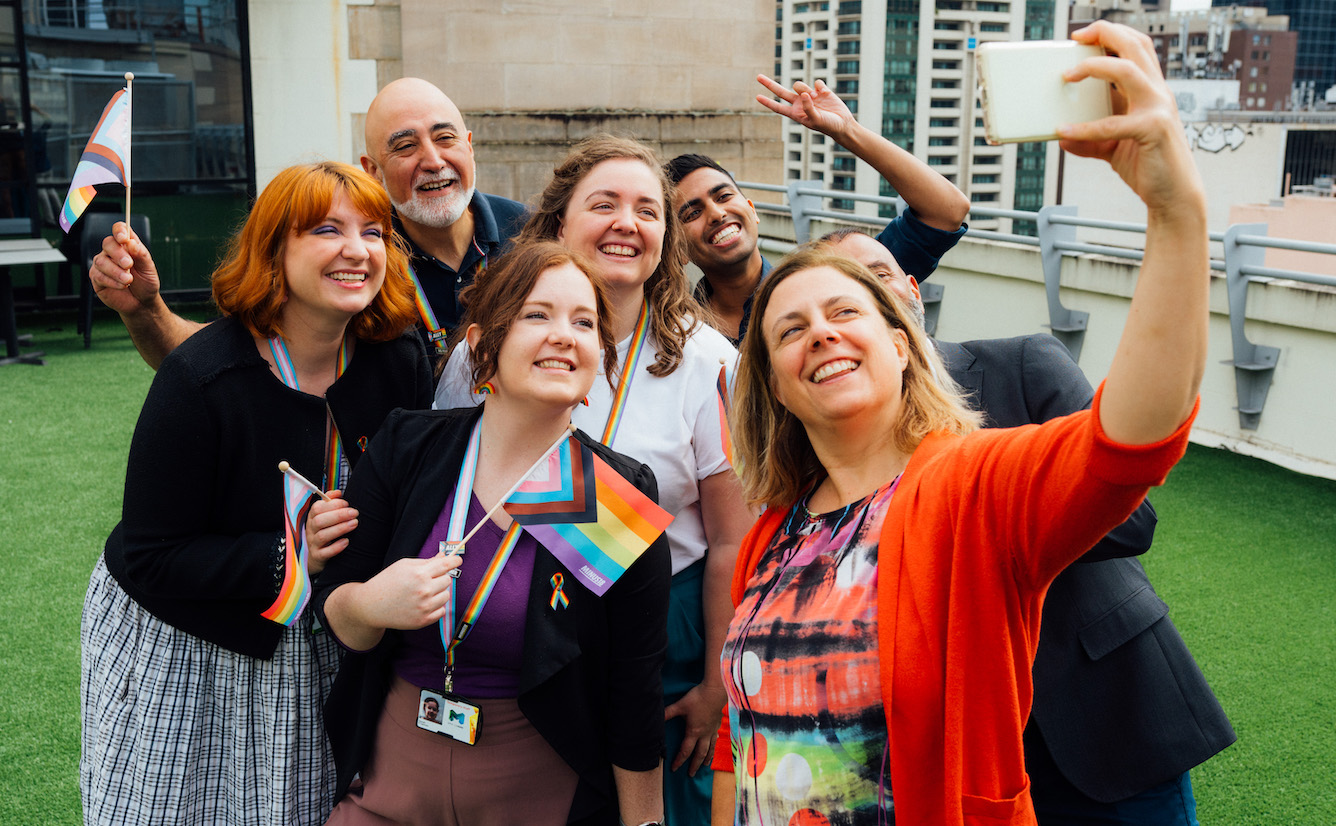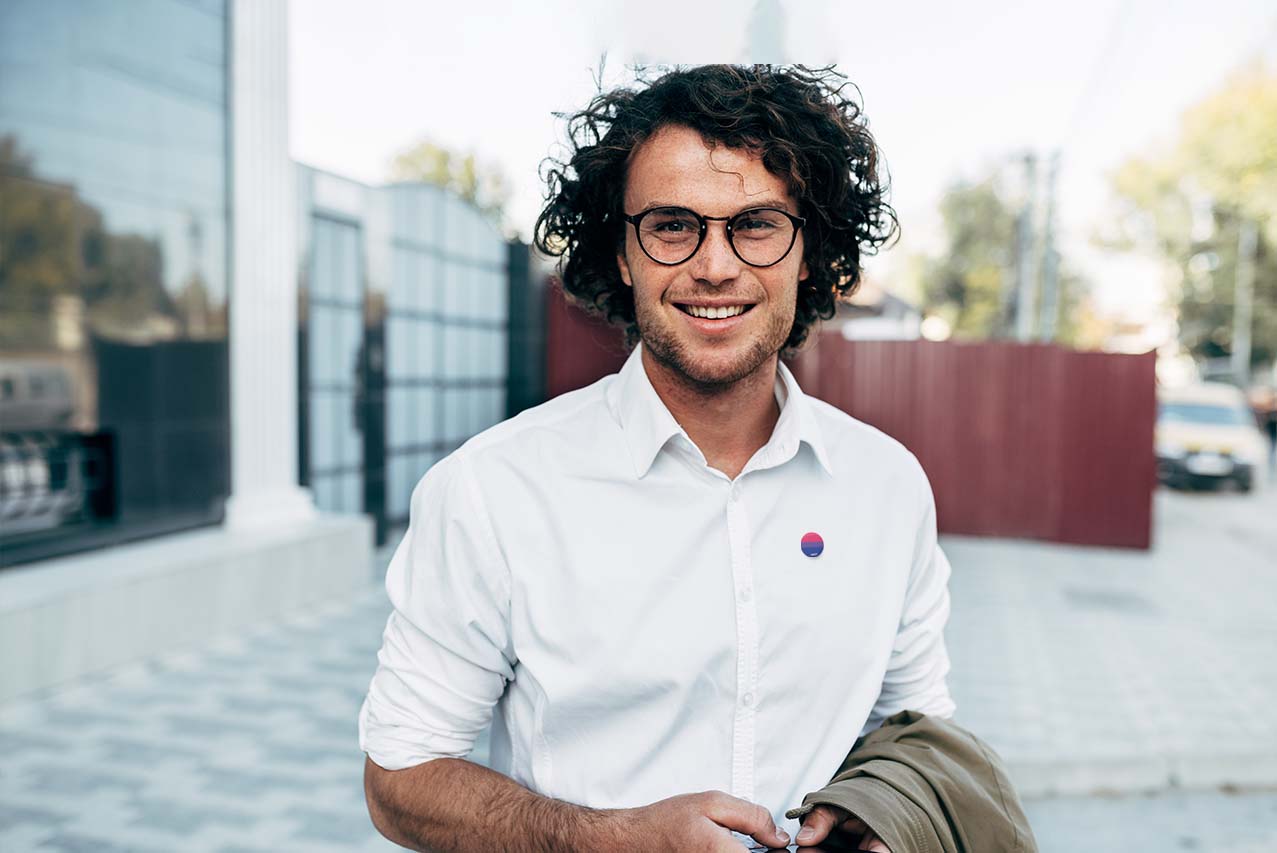
Gay and Lesbian Identities
December 19, 2022
Gay and Lesbian Identities
Being gay or lesbian refers to having attraction – romantic, sexual or spiritual – to a person of the same gender. While the term gay has historically been exclusively used by men who are attracted to other men, this isn’t the case today. People of all genders can use the term “gay” to describe being attracted to the same gender.
Likewise, Lesbian has historically been used to describe women who are exclusively attracted to other women, but today the term can be used to by people of all genders to describe being attracted to people of the same gender.
Inclusive Language
Gay is an adjective, not a noun:
✔️ Simon is gay and married to his partner of 10 years.
❌ Someone I know is a gay.
Lesbian can be an adjective or a noun:
✔️ Arshi is a lesbian.
✔️ Arshi is lesbian
Gay and lesbian can mean many different things, but are not inclusive terms when referring to a community of people. Instead, use the acronym LGBTQIA+ (which stands for Lesbian, Gay, Bisexual, Trans, Queer, Intersex, Asexual plus more).
✔️ We support the LGBTQIA+ community
❌ We support the gay and lesbian community.
The Best Parts of Being Gay or Lesbian
While gay people experience higher rates of discrimination, those who experience acceptance and allyship often describe the positives of being gay as:
- The experience of exploring personal identity earlier in life leading to a close connection with self.
- This can lead to reflecting on their own life journey, and feeling more comfortable living a non-hetronormative life if they choose (a life consisting of monogamous marriage, career and children).
- The ability to develop deep and meaningful connections with other LGBTQIA+ people who have had similar experiences - online and through in person events.
- Being involved in the rich and diverse LGBTQIA+ community, and experiencing a sense of belonging through this.
Experiences and Statistics of Gay Discrimination
- 58% of lesbian, gay and bisexual people in Australia report that they had been treated unfairly to some degree because of their sexual identity in the past 12 months.
- The most common forms of violence against lesbian, gay and bisexual people is Australia is social exclusion (36.4%) and verbal abuse (32.7%).
Gay and Lesbian Discrimination Can Look like
Enforcing Stereotypes and Common Misconceptions
- Assuming that gay and lesbian people are all the same.
- Labeling someone as gay because they look a particular way, usually effeminate or well dressed.
- Assuming that all gay people have to come out in order for their identity to be valid.
- Assuming that all gay people have had a traumatic childhood or an estranged relationship with their parents.
Violence and Harassment
- Using slurs (words like “poof” or “fag”) in a derrogative way towards or about someone who is gay
- Using phrases like “that’s so gay” that compare being gay to something that is negative or disliked.
- Making negative remarks about the way a man talks, acts or dresses because it appears effeminate.
- Threats of violence.
Direct Discrimination
- Treating someone less favourably because they are or are perceived to be gay
- Excluding a person from social invites because they are gay.
- Refusing to serve a customer because he is holding hands with another man.
- Refusing to promote or hire a man because he is in gay or in a relationship with another man.
Being an Ally to LGBTQIA+ People
There are simple, every day ways you can turn your knowledge of LGBTQIA+ identities into meaninful allyship. Keep reading to find out how.
Related Articles

LGBTQIA+ employees are less likely to be ‘out’ at work in 2025 than they were in 2022. Urgent action is needed, and every workplace can make a difference.

LGBTQIA+ days of significance – like IDAHOBIT – are days for both community and allies. Here's a list of current days, celebrating LGBTQIA+ identities and history.

Lesbian and gay people are usually attracted to others of the same gender – but the word has evolved to include different experiences too.

Learn about bisexual identity and the discrimination bisexual people can experience.